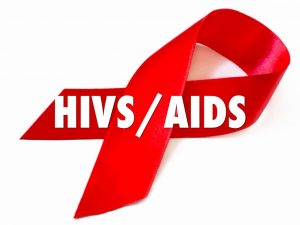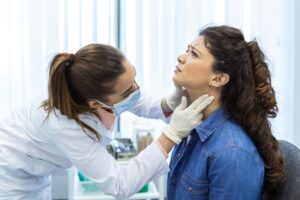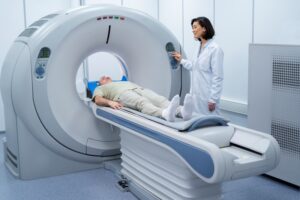
Corynebacterium Diphtheriae bacteria is the cause of Diptheria. The disease affects mainly the throat and nose. The bacteria spread through sharing personal items and through airborne droplets. A toxin is created in the body by the body and produces a black, gray or thick coating in the airway, throat or nose. The nervous system and heart is also affected by the toxin.
Symptoms of Diphtheria include bluish skin, fever, sore throat, chills, a loud barking cough, and drooling, swollen glands in the neck, discomfort and uneasiness. Additional symptoms like changes in vision, rapid heartbeat, sweating, cold and pale skin, slurred speech and difficulty in swallowing or breathing are experienced by the patient. Diphtheria of the skin or cutaneous diphtheria develops is the person lives in poor hygienic conditions. Redness and ulcers too are caused in the affected area.
Diagnosis is done by the doctor with a physical examination of lymph nodes that have swelled up and checking out symptoms and the medical history. A sample of affected tissue in the throat may be taken for lab testing. If skin diphtheria is diagnosed then throat culture may also be taken.
If Diphtheria is not treated on time, the heart, nervous system and kidneys could get severely damaged. People visiting countries that do not provide immunizations, people who do not get vaccinated in due time, people who like in crowded or unclean conditions or have a disorder in the immune system are at great risk of contracting the disease.
Aggressive and quick treatment is administered by the doctor if Diphtheria worsens. Antibiotic treatment is given to the person affected by Diptheria. However ten percent of the people contracting the disease get killed by it. In 1913 the first vaccine was unveiled thus creating a major dent in mortality rates. However in developing countries and in regions where vaccination is not given to people, the disease continues to exist. It is through an IV that a shot of Diphtheria antitoxin is given into the muscle. Erythromycin and penicillin are the other antibiotics given to treat the infection. While the antitoxin is administered the patient has to stay at the medical facility.








